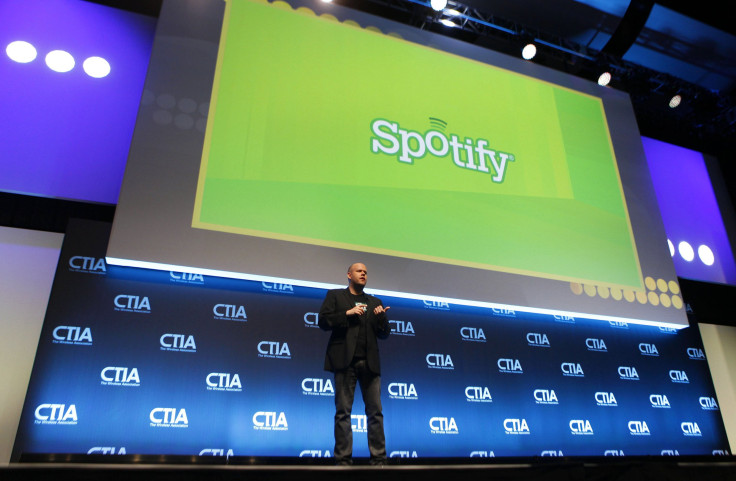Spotify Reaches 10 Million Paid Subscribers, Raising Questions About When It Will Become Profitable

Spotify’s announcement on Wednesday that it now has 10 million paying subscribers highlights the growing popularity of streaming music services, but it raises questions about whether the company can make money since it also spends millions on licensing fees for the songs in its library.
The streaming service, founded in Sweden in 2006, has grown its user base 66 percent over the past year, eclipsing the six million subscribers and 24 million active users it reported in 2013. According to Spotify’s website, the service generates revenue through a mixture of paid subscriptions at $9.99 per month and advertising revenue from its free users. However, critics debate whether or not the model is ultimately sustainable.
According to Crunchbase, Spotify has received at least $537.8 million in venture capital funding over seven rounds. Yet, the music streaming service has posted losses of approximately $200 million since it was founded, according to a report published by PrivCo, a firm that specializes in private company financial data. In addition to facing ever-increasing competition from services such as Apple Inc.’s (NASDAQ:AAPL) iTunes Radio, Pandora Media Inc. (NYSE:P), Amazon.com Inc. (NASDAQ:AMZN) and several smaller Internet music streaming services, Spotify’s biggest obstacle on its path to profitability may be its royalty payments.
Of all the revenue Spotify generates, approximately 70 percent of it is paid out as royalties to rights holders, with other expenditures covered by the remaining 30 percent. According to Spotify, it has paid out more than $1 billion in royalties, with $500 million of those royalty payments in 2013 alone.
A report by Generator Research in November 2013 echoes that sentiment about popular streaming music services, citing high royalty payments as the main obstacle to potential profits.
While these royalty payments could potentially hold back the music streaming service, some see Spotify’s 10 million paid subscribers as a potential turning point for the company.
“Of course [the percentage of revenue paid to rights holders] is holding them down,” Roger Entner of Recon Analytics told International Business Times. “At 10 million users, they are reaching the point where they are starting to escape these forces of gravity. Now it’s the all-important conversion rate to paid users.”
While growing revenue through subscriptions appears to be Spotify’s approach becoming profitable, its global strategy may play large role in that plan, if it ever becomes profitable at all.
“Last year at this time we were in around 20 markets, and now we are up and running in 56 countries,” Spotify's head of US Communications, Graham James, told IBTimes. “There is a huge opportunity for Spotify around the globe and that is our focus.”
“We are investing back in the company and focused on growing our business,” Graham added.
Despite profit concerns, Spotify’s revenue has seen impressive growth over the past couple of years. Between 2011 and 2012, the music streaming service doubled its revenue from 187.8 million euros ($256.6 million) to 434.7 million euros ($593.9 million) according to PrivCo.
© Copyright IBTimes 2024. All rights reserved.






















